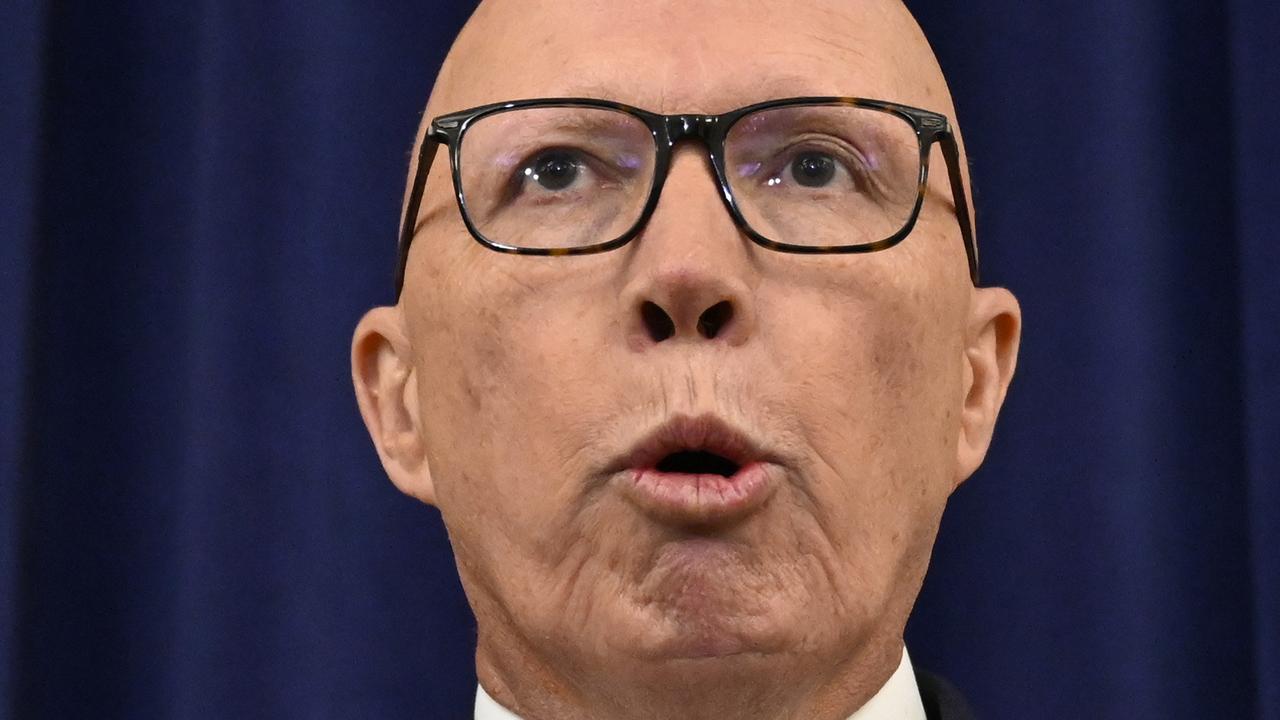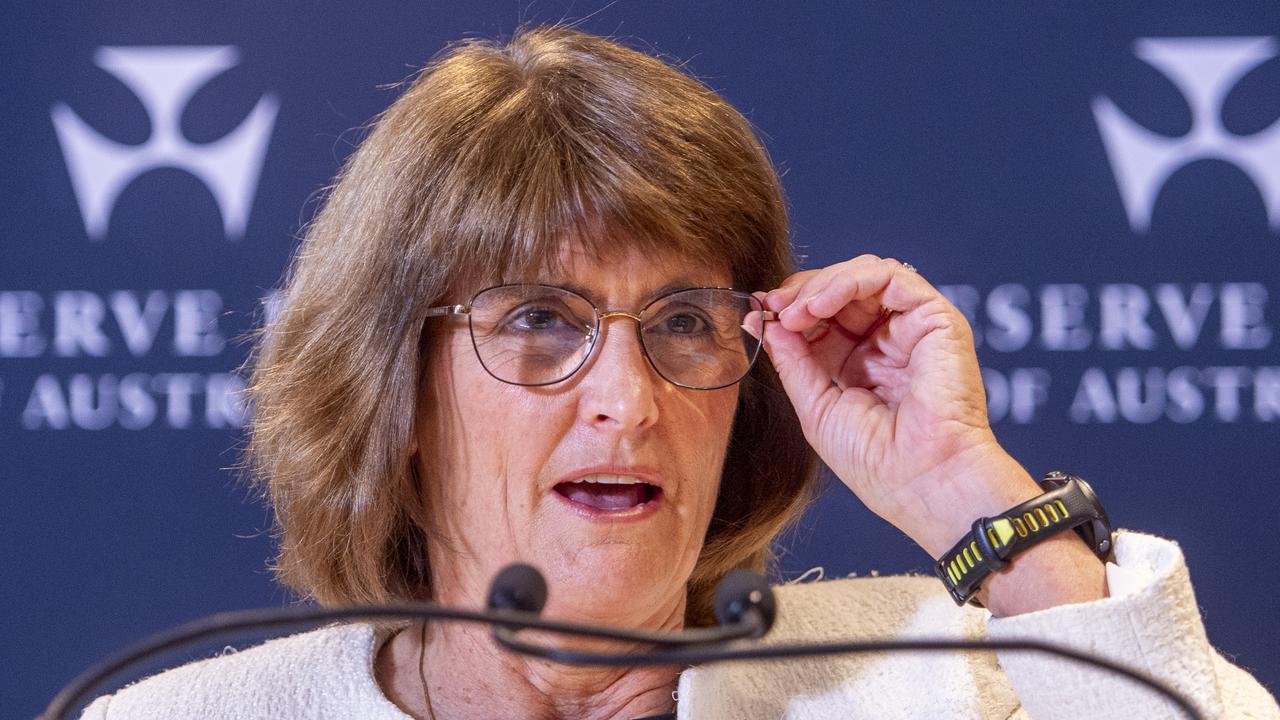Melbourne now the cheapest Australian city to rent a house in
It’s been an uncertain two years for all Aussie states but one major city has defied some odds while falling foul to others.

Since the pandemic began, the fault lines that exist between the different Australian states and territories have been exposed, with vast differences in social, health and economic outcomes being experienced across the nation.
But even before the pandemic the different states were not created equal, with Victoria leading the mainland states for three years in the economic growth stakes, at times streaking well ahead of its rivals.
During the 2018-2019 financial year unaffected by the pandemic, Victoria led the mainland states with a 3 per cent increase in gross state product (GSP), beating out its nearest rival NSW with 1.9 per cent and more than double the totals for Queensland and South Australia with 1.4 per cent.
However, behind the seemingly strong success story for the state lurked a much complex reality.
The elephant in the room
While Victoria’s nation leading headline GSP growth presents an image of significant economic strength, the outcomes actually being achieved for Victorian’s was quite a different story.
For example, during 2018-2019 financial year the Victorian economy grew by 3 per cent, but during that same time the state’s population grew by 2.1 per cent.
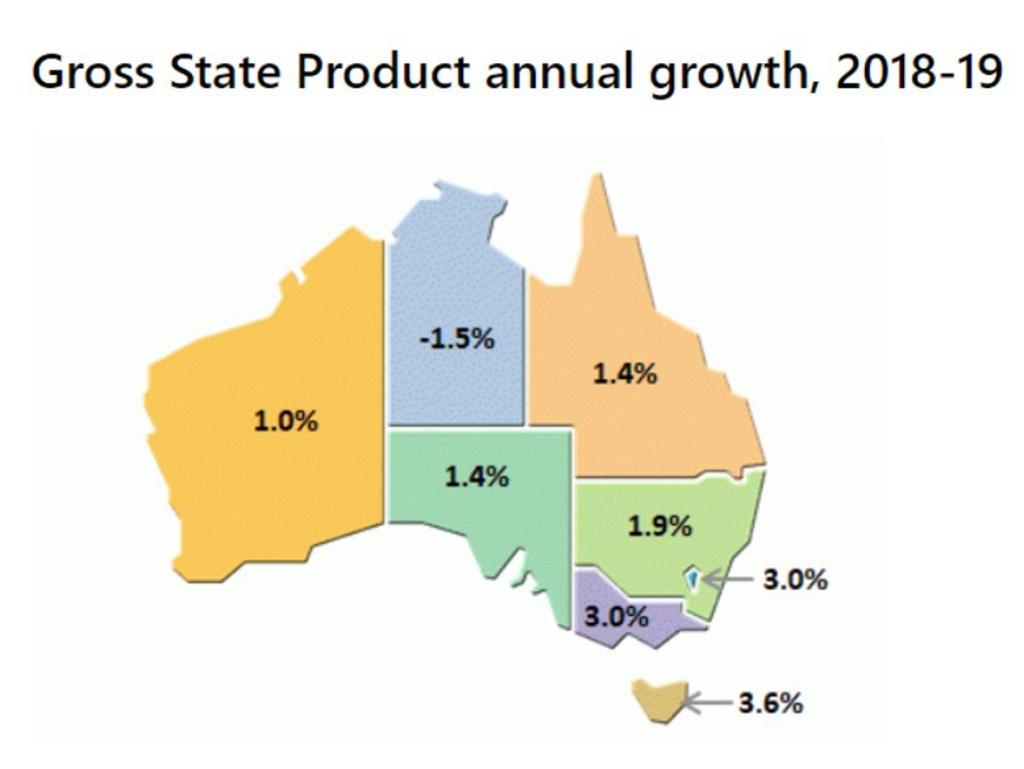
In effect, while the pie had grown larger, the slice of the pie going to each Victorian had grown by significantly less.
During 2019, Victoria was the most popular destination for new overseas arrivals with more than 75,000 choosing the state to make their home. Victoria was also the second most popular destination for interstate migration, beaten out only by the nation’s sunshine state, Queensland.
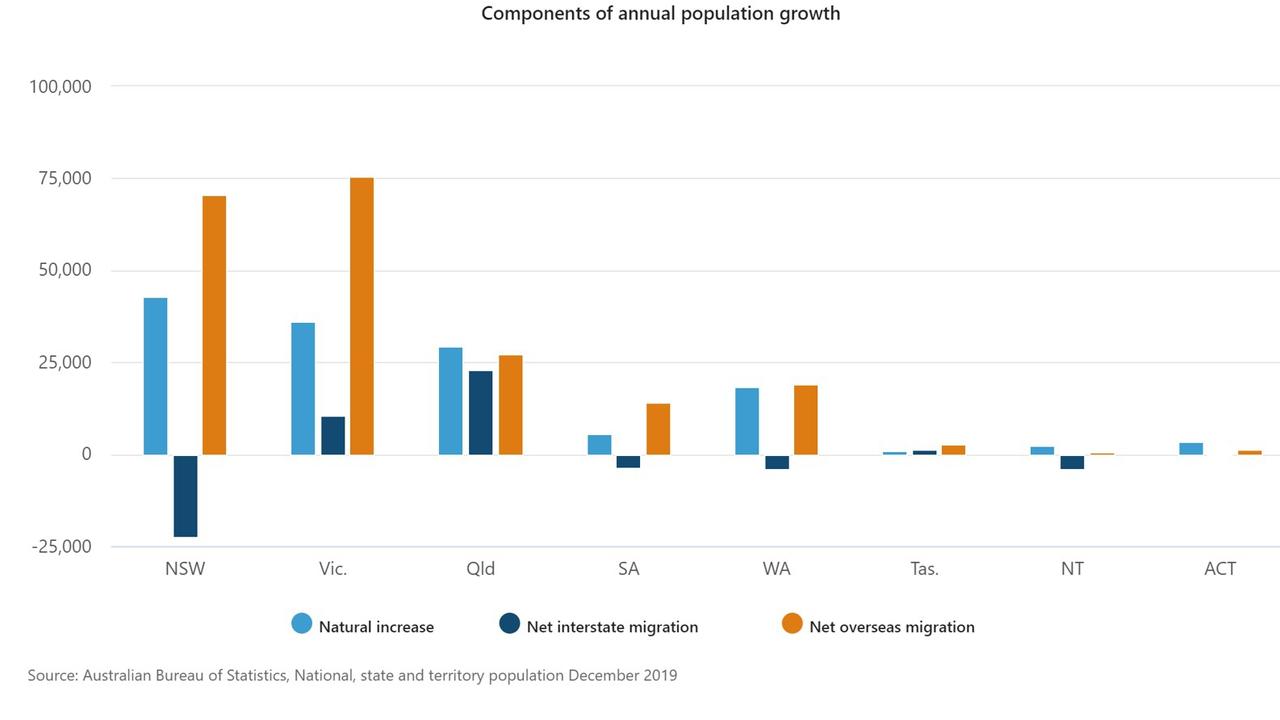
This population boom heavily underpinned Victoria’s rise to the top of the economic growth statistics, but with the advent of the pandemic, Victoria’s strength has now becomes its Achilles heel.
A reversal of fortunes
In the almost two years since the pandemic first arrived on our shores, Victoria’s population influx has become a population exit.
Between a number of Victorians choosing to leave the country and Victorians choosing to move interstate, Victoria has faced a significant exodus.
In the year to June 2021, more than 18,000 Victorian’s decided to migrate to another part of the country, with a further 56,000 choosing to leave the country entirely.
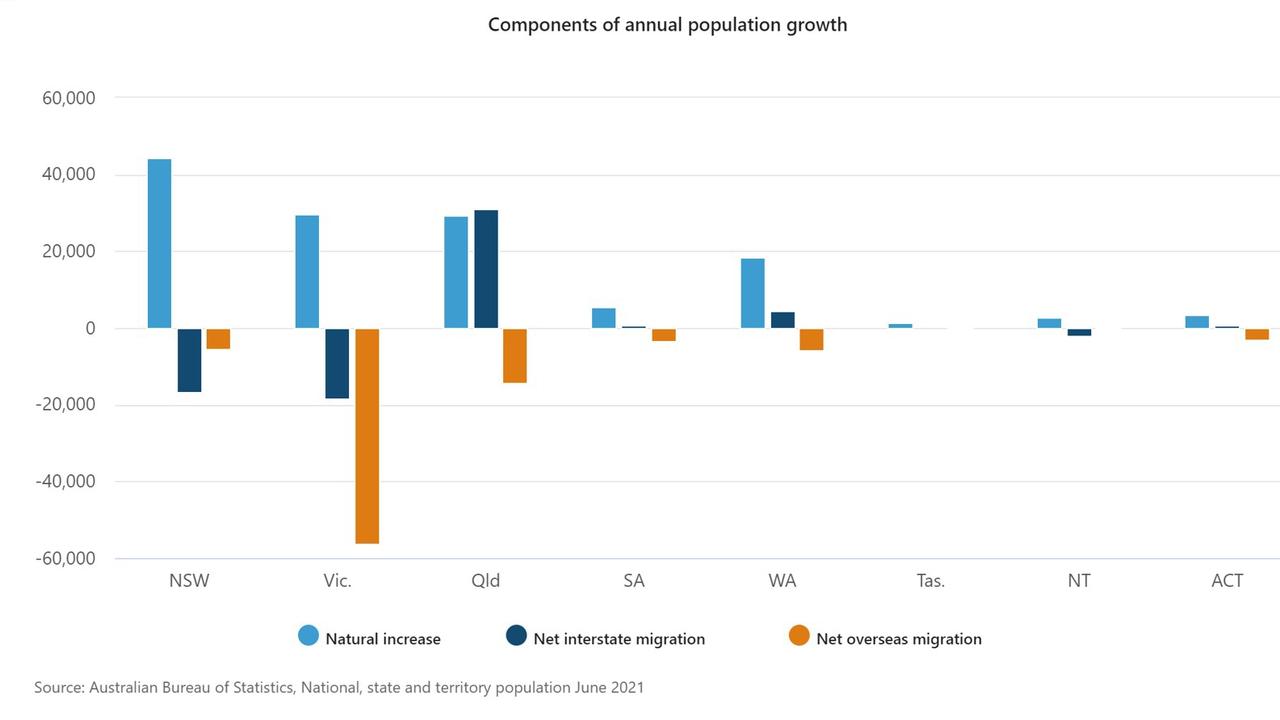
This exodus of more than 74,000 Victorians is more than three times as large as the outflows experienced by other states, with second place NSW losing a little over 22,000 of its residents to overseas and interstate migration.
The exodus and property prices
Despite these sizeable outflows representing an exodus of 1.1 per cent of Victoria’s population, the state’s housing market hasn’t experienced the downward pressure on property prices that have accompanied similar sized population outflows elsewhere in the world.
According to property data provider CoreLogic, Melbourne dwelling prices rose by 15.1 per cent over the course of 2021.

Through the power of the lowest interest rates in Australian history, a commitment of more than half a trillion in stimulus from the Morrison government and pandemic driven effects on the market, property owners were not only spared losses, but rewarded.
But for those relying on a stream of rental income from a Melbourne property, it’s been a very different story.
Melbourne losing its crown?
For the longest time Melbourne has been the self-proclaimed cultural and sporting centre capital for the entire nation. Hosting a vibrant arts scene, the Australian Open, the AFL grand final and a long list of other events, Melburnians had quite a lot to crow about.
But as the population sands shift and more homeowners get the keys to their new homes, a very strange thing has happened in the nation’s rental market.
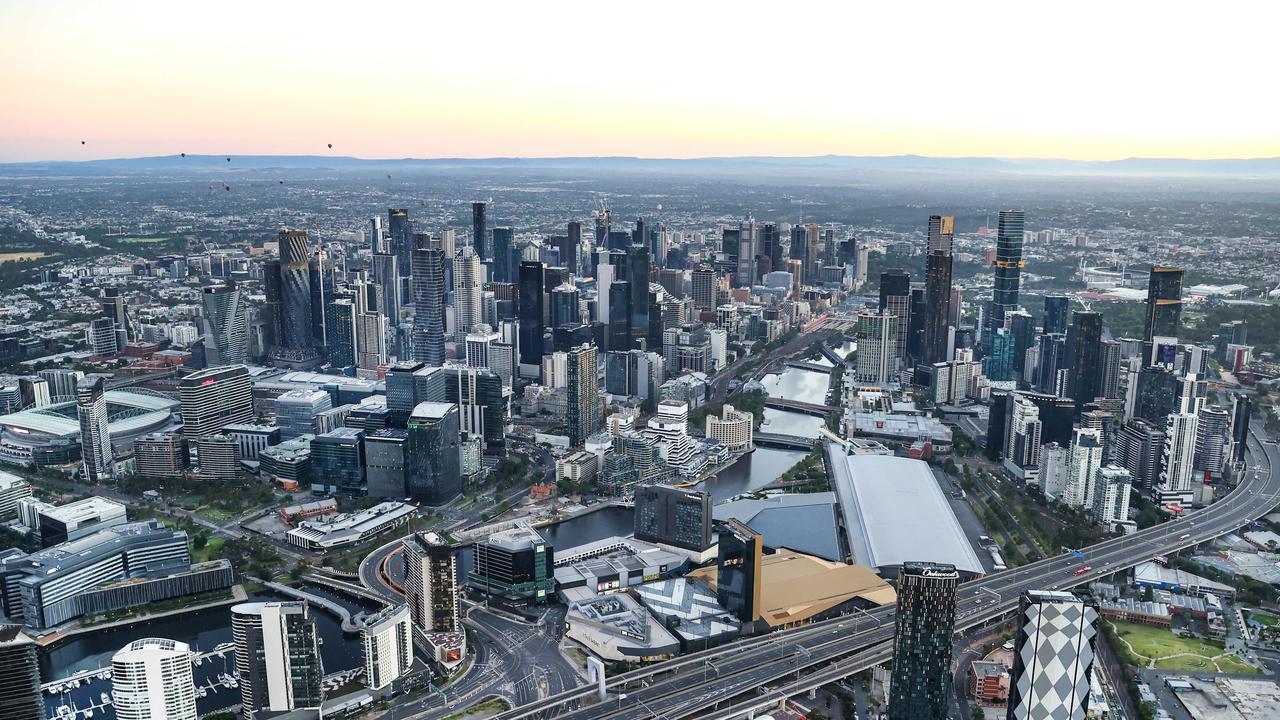
According to a recent report by property search portal Domain, Melbourne now has the cheapest house rents of any capital city, at $445 per week.
Meanwhile in the harbour side city of Sydney, house rents rate a 34.8 per cent premium over its longtime rival, costing $600 per week.
Prior to the pandemic Melbourne commanded a premium over Adelaide, Brisbane or Perth, but after two challenging years for the most southern mainland state, things have changed.
An uncertain future
As we head into what is hoped will be a post-pandemic world, Victoria faces a different path to recovery than other parts of the nation.
After spending so long enjoying the fruits of population growth helping to underpin nation topping growth figures and with the state facing further potential population outflows, the road to recovery may be a more challenging one than those faced by other states and territories.
There is also the issue of a state budget that has been hit hard by two years of protracted lockdowns and a rather sizeable bill for all the support measures put in place by the Andrews government.
With Omicron still a major factor in defining economic outcomes and a still uncertain outlook on other variants, particularly when we head back into winter, there may still be more challenges to come for the Great Southern state.
At the end of the day falling rents and a population exodus is not the end of the world for Victoria. In the late 1970s the state of New York lost hundreds of thousands of residents, only to welcome droves of new arrivals enticed by a lower relative cost of living in the big apples, who helped drive something of a renaissance for the city.
Perhaps something similar lays ahead for Melbourne, now that it is the cheapest city in the nation to rent a house.
Tarric Brooker is a freelance journalist and social commentator | @AvidCommentator




